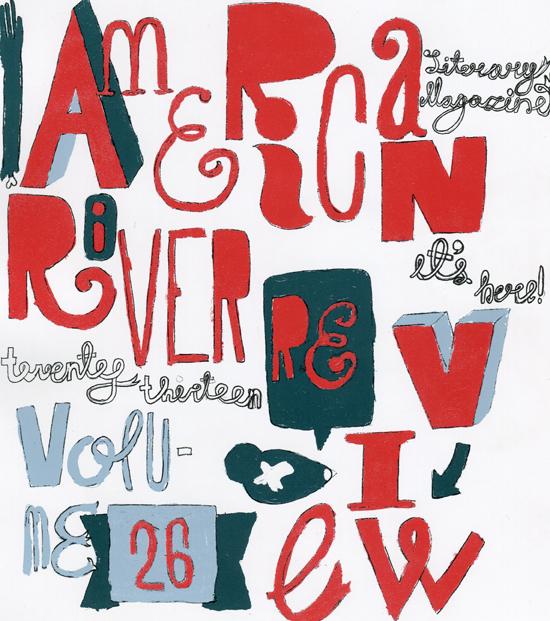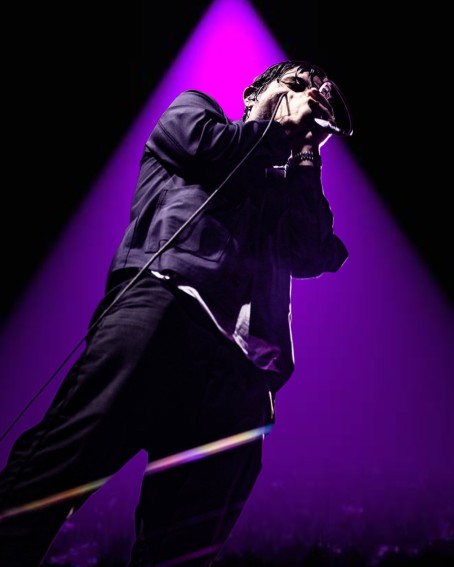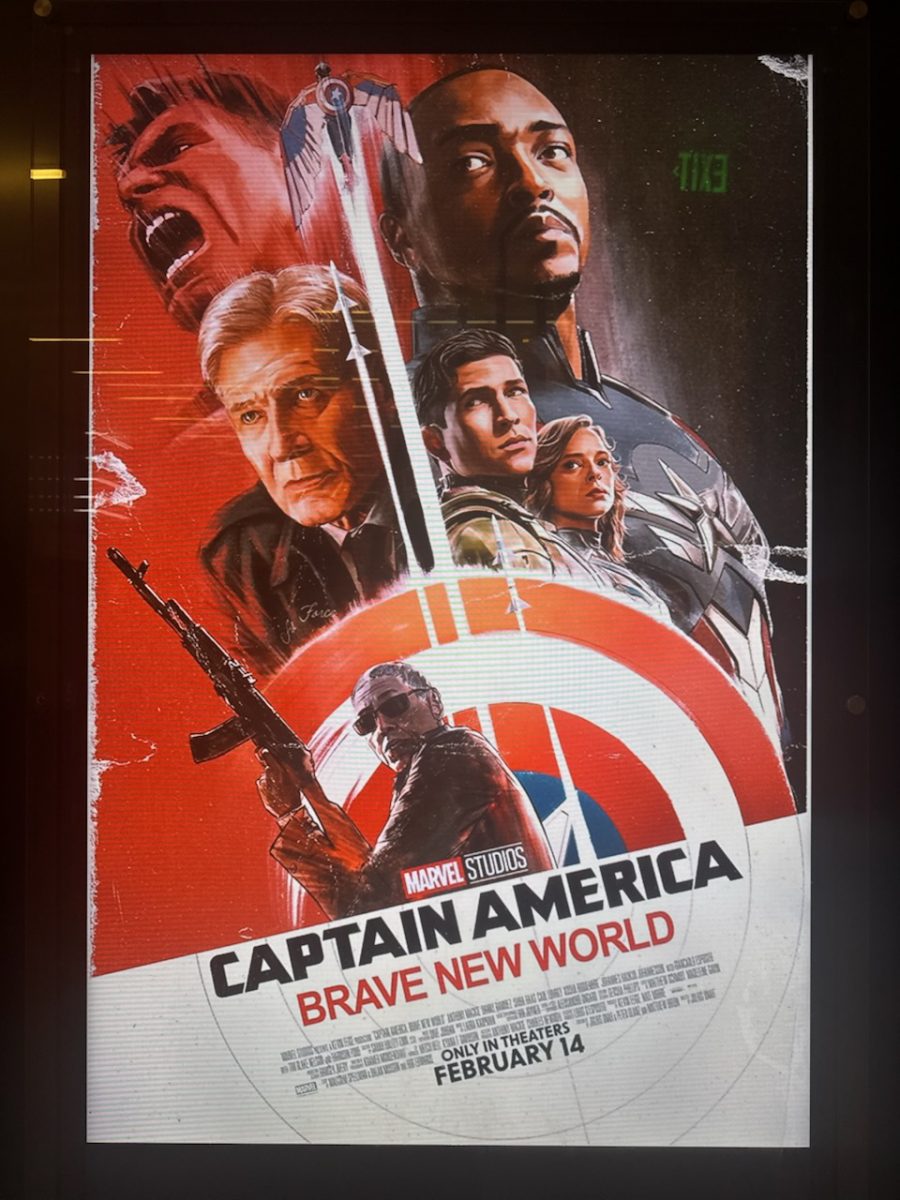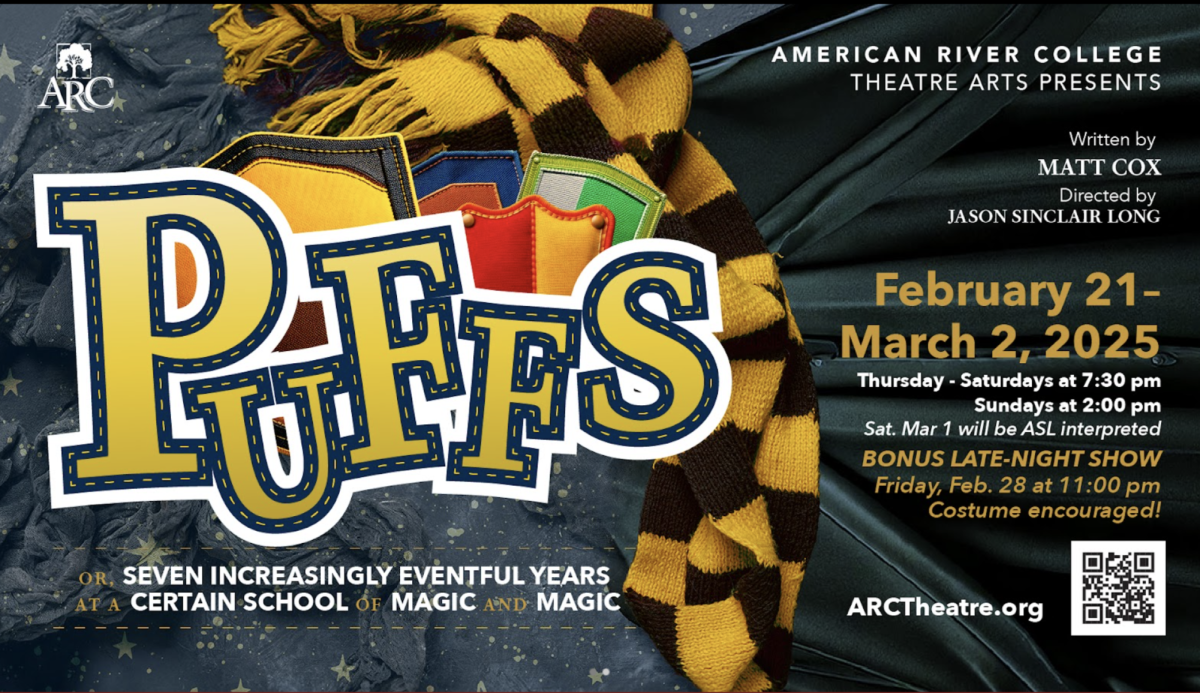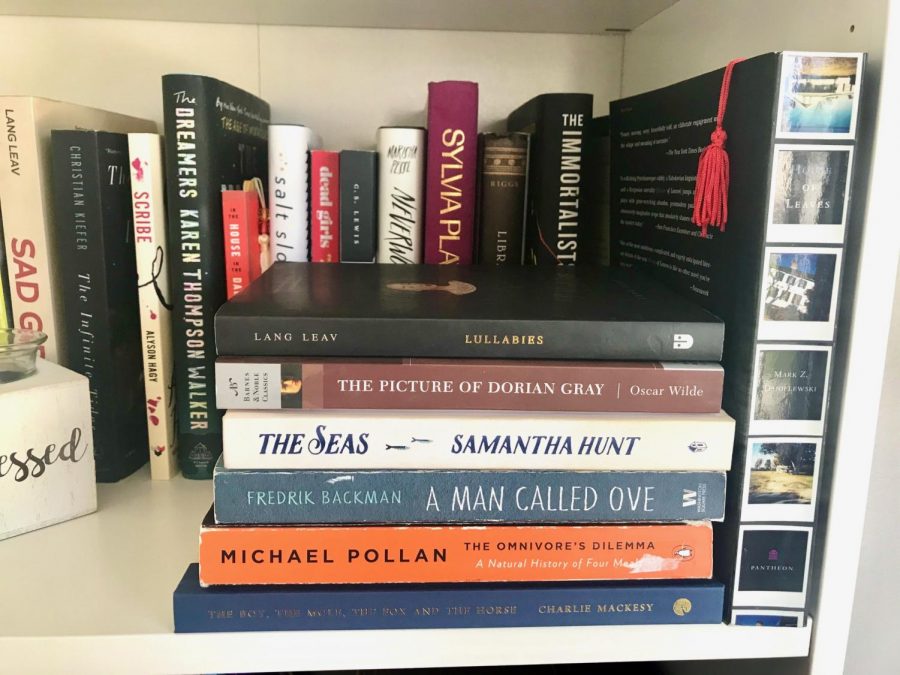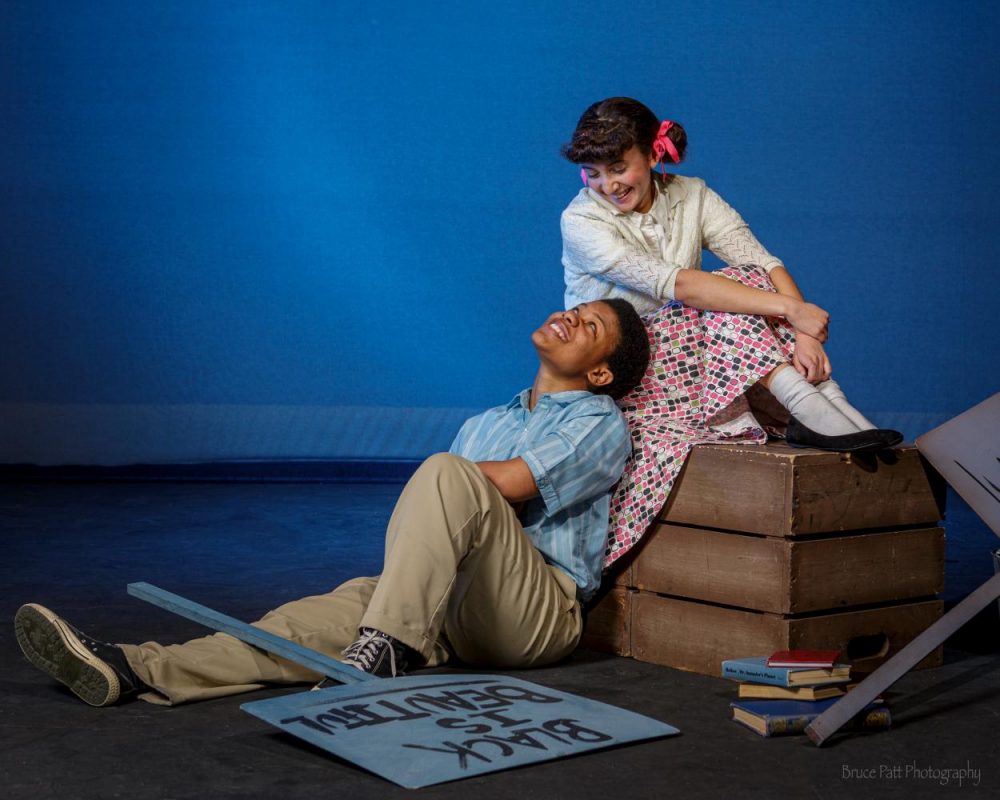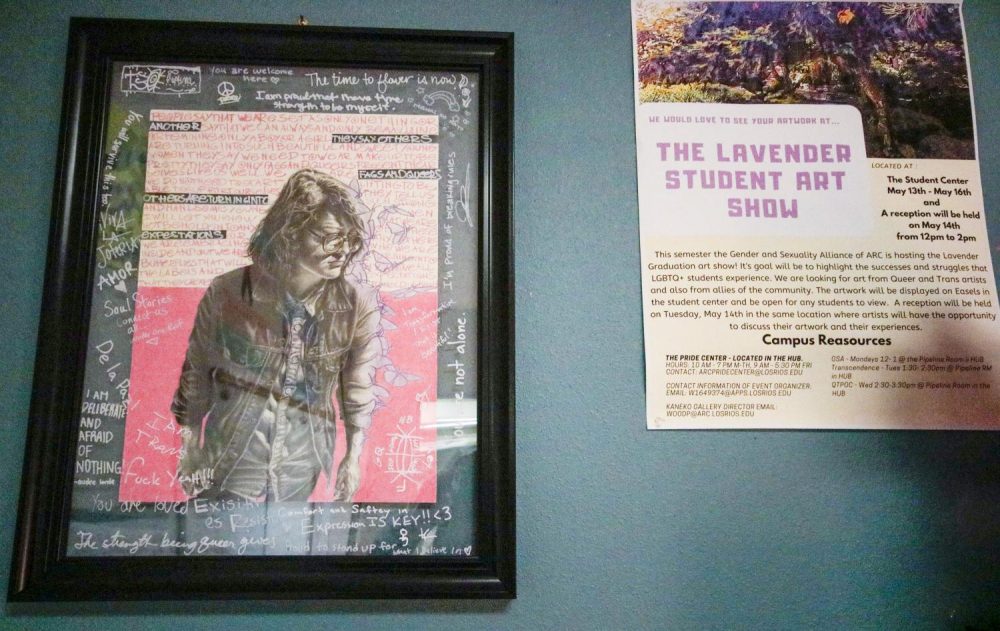By Alisha Kirby and Steven Condemarin
Campus magazine offers some of students’ best creative efforts
The American River Review is a publication that begins and ends with the students. Our peers bring all of the literature, photography, art, design and layout to life. Even though works are categorized into sections, including fiction, creative non-fiction, poetry, and gallery, the pieces that fall under these labels are scattered throughout the book.
For literature, one story or poem was picked at random under each category for review. The first, “Paintings in the Rafters” by Dorothy Rice, comes out of creative non-fiction. It’s an intimate look at the inner workings of a family. It describes the labels parents give their children, including “the funny one, the pretty one, and the smart one,” and how siblings stick together during the process of watching their parents age.
Descriptions set each scene without tripping over themselves in over describing the type of details high school teachers fawn over. The ending seems to drop off suddenly, but it still leaves you satisfied.
“The Atrocities of Book Collecting,” by Karin Stevens, is a work of fiction. It’s a story of a woman who finds a bookstore and, appropriately, delves into the fiction section at the back of the store. Over the course of the story, we’re introduced to a character with a passion for reading and collecting books, not because she sets out to collect, but because she loves and becomes attached to them. It’s the sort of obsessive passion anyone can relate to with his or her own hobby. The dialogue, especially in the beginning, accurately represents how awkward small talk can be without becoming as painful as a script written for Michael Cera.
The poem, “Counting Coins in a Jar,” is one of those poems one person will consider gibberish and the next will deem a work of genius. Author Shawn Lynch uses abstract imagery to touch on concepts, including love and its impermanence, and witnessing a hero’s mortality. It asks the question that, if we weren’t human, would we be conscious of sentiments like love, or the fear of death, or the fragility of our hero’s? It’s a poem where you’ll get more out of it with each read.
The book itself is well made. Although the white matte color compliments the art on the front and back of this well-bound book, make sure to keep it well dusted and wipe it down every couple of reads. Fingerprints and grime is easily visible on the matte white. On the inside, very few of the stories come with original black and white drawings. The rest of the art is neatly organized in the middle of the book on glossy white pages and in color.
Although not specified, the art seems to be organized in categories from page 49 to page 144: stories with art, fashion, paintings and drawings, photography, digital media, hand made art, food photography (with recipes), and back to more stories with art.
The two sections that stand out the most are the fashion section with the title, “Night In The Pool Room,” and the food photography section titled, “A Day At Oak Cafe.” Both sections have written portions that explain what’s going on in the photos. Unfortunately, the fashion section lacks a little in variety and it seems like it was torn out of a hipster’s coffee table book. The styles seem awesome, but the design and photos could’ve had a bit more diversity.
“A Day At Oak Café,” on the other hand, is the total opposite. Chef Roxanne picks out six dishes that don’t take any “culinary prowess” and aims to give people a reason to gather around the table. These six dishes are each a part of a three-course meal. On the menu of this well photographed and modernly-designed section is: warm goat cheese, red pepper and mushroom gratin or Caribbean black bean and rice salad for an appetizer, a main dish of char siu pork with hoisin, soy, and garlic or basque chicken with olives & artichokes on tomato-saffron sauce, and chocolate buttermilk cake with chocolate glaze or pear beignets for desert.
Our peers produced every word, and photo, and every piece of art. These creative works combined can leave you feeling like there’s a brick in your chest, as each one brings up a different emotion. It’s not a book you’ll flip through haphazardly, rather, it’s a collection of small details you’ll catch with each read.


